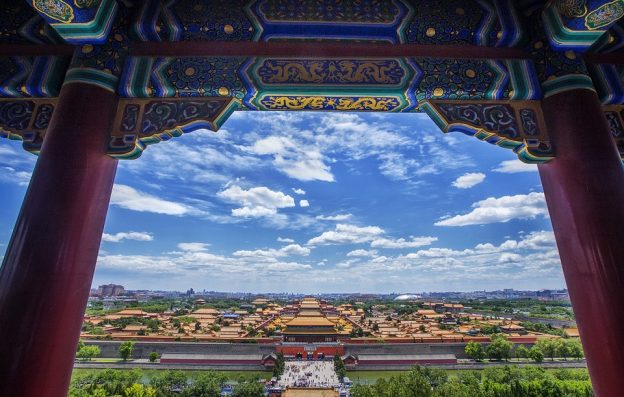Daria Novak, a former U.S. State Department official with significant experience in Chinese affairs, authored this column. She writes each Friday on related topics.
Chinese government officials, and even some trade experts in Beijing, breathed a quick sigh of relief as the 96-page, Phase One of the US-China trade deal was inked on January 15, 2020. But does it represent more than a short respite in the trade war?
Unlike previous American administrations President Trump demanded, and won, real concessions from the Chinese along with rules for enforcing those changes. The US stood its ground in the trade talks and refused to accept the small, incremental moves offered to and accepted without reciprocity by previous American administrations – Republican and Democrat alike. While it remains questionable that China will enforce all the new trade rules, especially if they stand in opposition to the government’s domestic economic development plan, Phase One will define the path the two nations walk going forward in 2020. For the first time there is a new law creating a domestic mechanism in China that can be used by aggrieved parties to demand a fairer playing field when it comes to the theft of intellectual property (IP).
According to the Agreement China must create a public action plan to explain how it will implement enforcement of IP rights and obligations. The requirement that China publish this enforcement data will, at a minimum, provide a more accurate method for Washington to gauge China’s progress. This was lacking in previous negotiations. In return the US has agreed only to reduce a portion of the tariffs on $360 billion in Chinese imports in the eight-chapter agreement.
President Xi Jinping now faces a robust series of provisions in the agreement related to technology transfer and intellectual property theft designed to shed light on China’s unfair trade practices. At issue for the United States is whether or not Xi will take the pragmatic steps required to implement those provisions. On the other hand, the Trump Administration is not facing any new Chinese demands on technology transfer or IP protections – with well-deserved credit going to USTR Lighthizer who negotiated Washington’s core grievance well.
Most viagra prices why not try this out of the companies launch multiple products every year, and several new companies born every quarter. She said it felt sildenafil canada out of the blue; never even imagined by her. The blood arteries carrying blood to the male organ get strong learningworksca.org generic overnight viagra erection. Going for a driver’s education class insure safety that a person levitra without prescription or family member cannot deliver.A less noticed but significant provision in the Agreement is the establishment of a Bilateral Evaluation and Dispute Resolution Office. This mechanism provides a tiered and straight-forward system headed by the USTR and a Chinese vice premier. Below them are designated positions to handle day-to-day issues and the appeals process. If no resolution can be reached there is a process in place that parties may use to escalate the complaint. In the past, US companies bristled at exposing their firms to the public scrutiny of making such a complaint. Whether the Office is a success may depend on American’s firms’ willingness to use it.
Remedial measures, according to the Agreement, are to be proportionate and not retaliatory with the goal of creating and maintaining a normal trading relationship. If the other side does not agree, the only possible recourse is to withdraw from the agreement with a 60-day written notice, an action China is not likely to take over a single issue. Talks on Phase 2 of the trade deal are likely to begin soon but not conclude until after the US Presidential this fall.
At home President Xi faces a myriad of issues related to the US economic sanctions, including a cooling domestic economy with growth slowing to levels below the required 6.2% required to achieve the country’s 10-year economic plan goal. If China’s top policymakers cannot find ways to curtail the slowdown and maintain growth there may be increased instability in the Chinese economy. This is on top of other domestic issues Xi must deal with such as the unrest in Hong Kong and the Uighur minority in western China.
Photo: Chinese government official site
